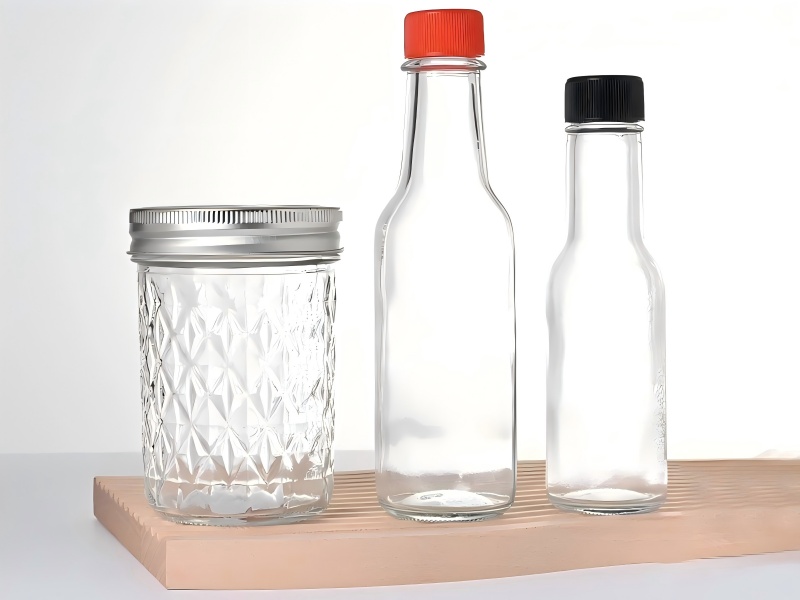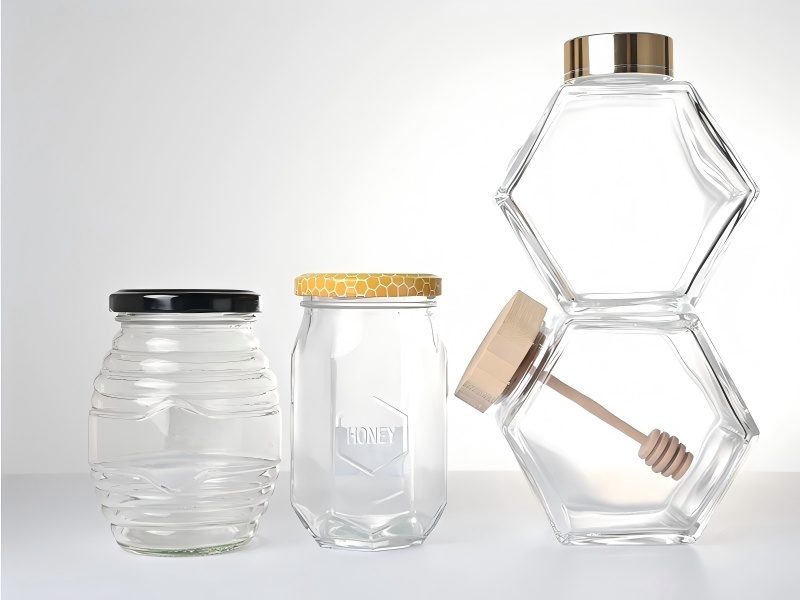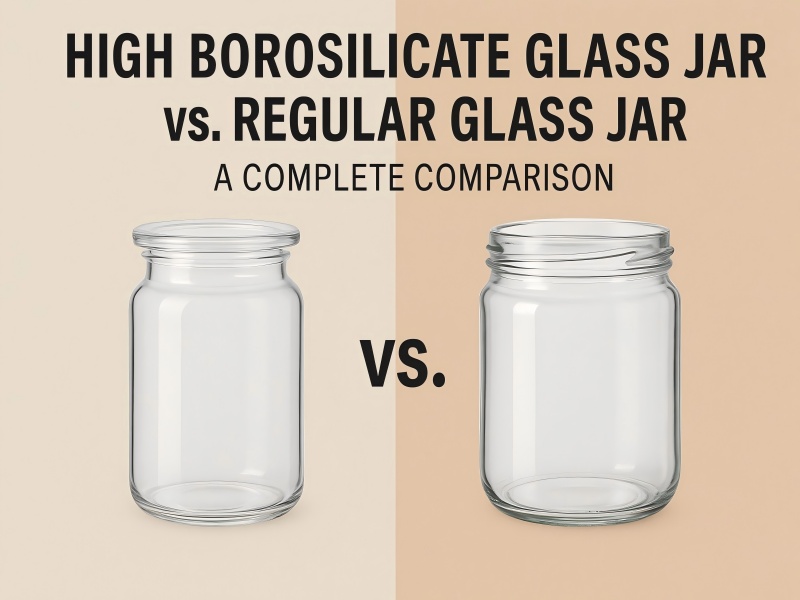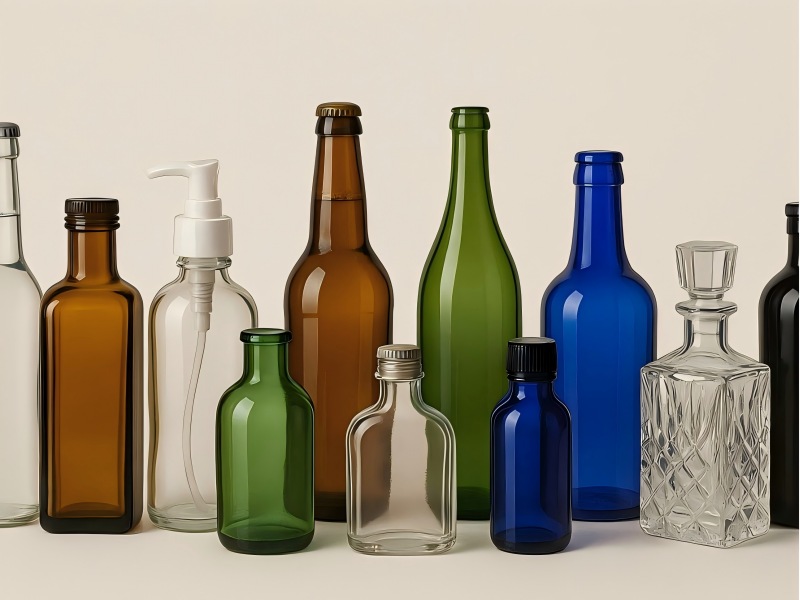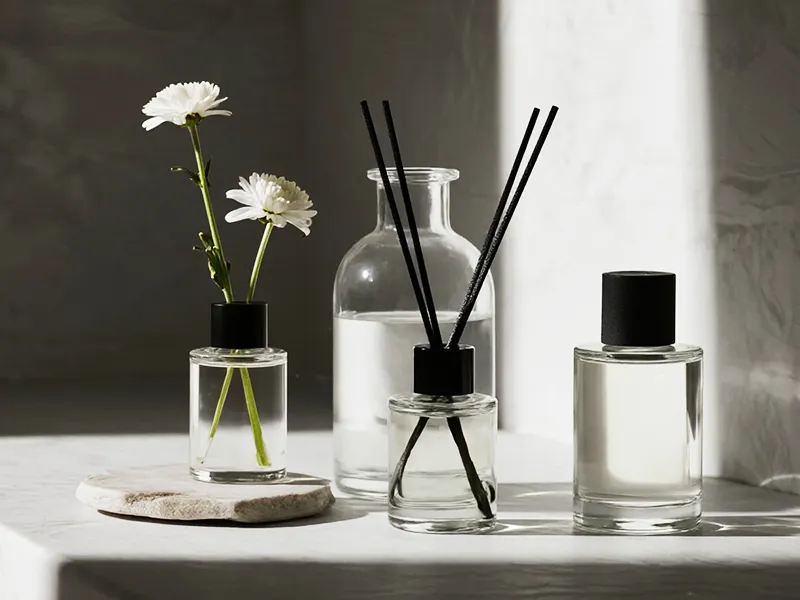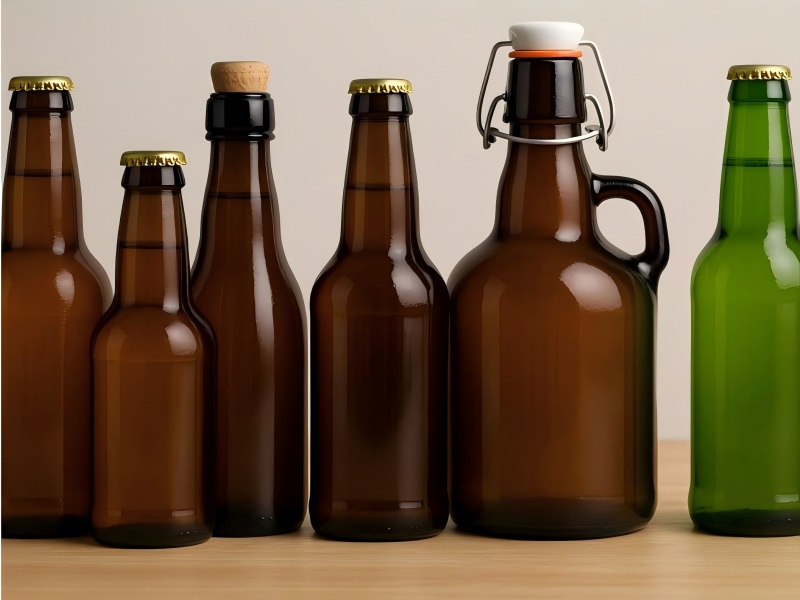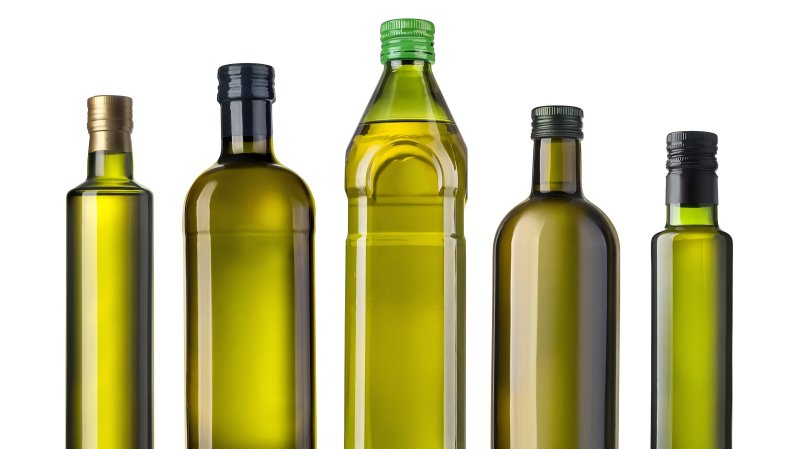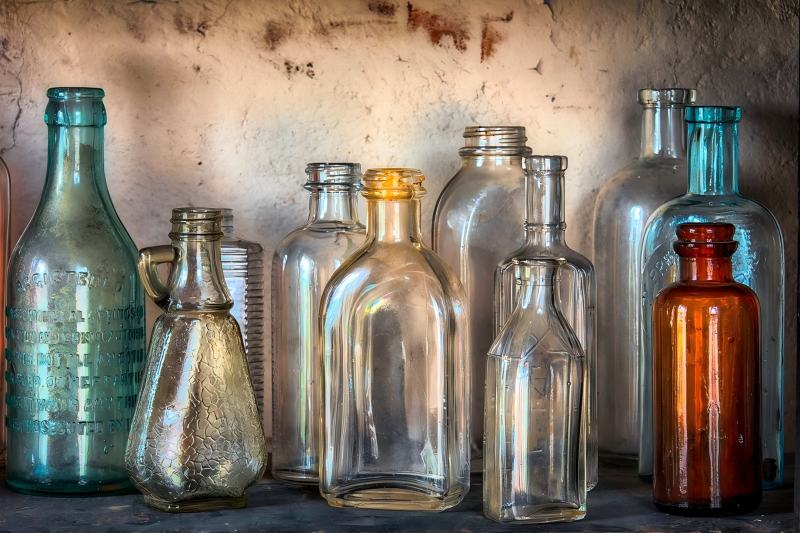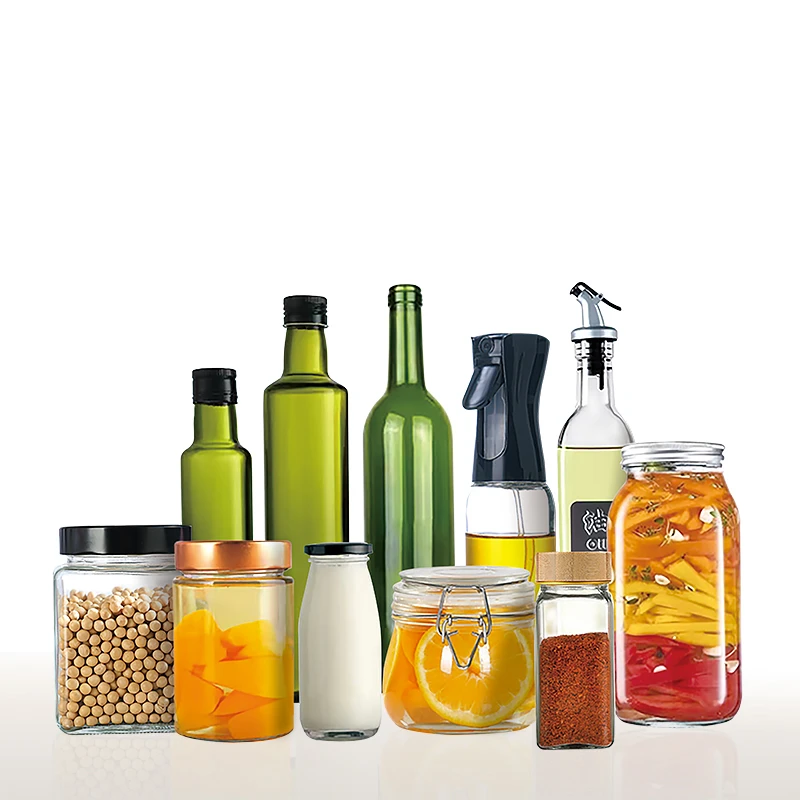Custom Glass Bottle Sizes: How to Pick the Perfect Capacity for Your Product
In the world of product packaging, the size of your glass bottle is more than a matter of aesthetics—it’s a strategic decision that can influence customer satisfaction, cost-efficiency, sustainability, and regulatory compliance. Whether you’re designing packaging for personal care, food and beverages, or pharmaceutical products, choosing the right glass bottle size is essential for both functionality and brand appeal.

Why Bottle Size Matters
- Consumer experience: Too much product may lead to waste; too little can frustrate repeat buyers.
- Cost efficiency: Larger bottles cost more to produce, ship, and store; smaller ones can drive per unit packaging costs up.
- Shelf visibility: Standard sizes (e.g., 30 ml, 250 ml) optimize logistics, merchandising, and shipping.
- Quality & shelf life: In foods and medicines, headspace affects oxidation or microbial stability.
- Regulatory compliance: In pharmaceuticals, bottle sizes may fall under specific regulations for dosage and tamper-evidence.

Glass Bottles for Personal Care
Common Capacities
Personal care products—such as lotions, shampoos, serums, and essential oils—often come in a wide variety of glass bottle sizes. Standard capacities include:
| Product Type | Common Sizes (mL) |
| Face Serum | 15, 30 |
| Shampoo | 100, 250, 500 |
| Essential Oil | 5, 10, 15 |
| Body Lotion | 100, 200, 300 |
| Perfume | 10, 30, 50, 100 |
Consumer Preferences
Consumers tend to prefer smaller sizes for high-end, concentrated products and travel-friendly convenience. Larger bottles are ideal for at-home or family use. Eco-conscious customers also lean toward refillable bottles or brands offering multiple capacity options to reduce packaging waste.
Cases & Recommendations
- Luxury face oils: A 15 mL dropper bottle gives an exclusive, premium feel.
- Salon-grade shampoos: A 500 mL size fits professional use and bulk buyers.
- Perfume testers: 10 mL spray bottles are ideal for trial-size editions.

Glass Bottles for Food & Beverage
Batch Size vs Serving Size
Food and beverage packaging must balance production efficiency, consumer convenience, product integrity, and branding impact. A bottle too large for per-use consumption may result in spoilage, while one too small adds operational costs.
| Product Type | Batch Size Consideration | Ideal Serving Size (mL) |
| Cold-pressed Juice | 1–5 L batch | 250–500 |
| Sauces | 10–100 L bulk | 150–300 |
| Olive Oil | 50–500 L storage | 250–750 |
Hygienic Packaging & Refill Models
Small containers help preserve freshness and lower contamination risks in organic or preservative-free food products. On the other hand, refillable or bulk glass bottles with pour spouts are growing in popularity for products like vinegar or syrup in zero-waste stores.
Data Table: Food Bottle Capacities
| Glass Bottle Size | Recommended Product | Notes |
| 120 mL | Hot sauce, condiments | Ideal for gifting or sampling |
| 250 mL | Olive oil, salad dressing | Standard kitchen size |
| 500 mL | Juice, kombucha, vinegar | Bulk use and family servings |
| 750 mL | Wine, cooking oil | Standard for fine beverages |
| 1000 mL | Broth, milk, iced tea | Family-sized beverages |

Glass Bottles for Pharmaceutical & Medical
Dosage Compliance
In the pharmaceutical sector, packaging plays a vital role in patient safety. Precise bottle sizes ensure correct dosing and minimize overuse or spillage. Glass bottles are commonly used for:
- Liquid medications
- Oral suspensions
- Disinfectants
- Eye drops
- Nutritional supplements
| Medication Type | Ideal Capacity (mL) | Dose Interval |
| Pediatric Syrup | 60, 100 | 1 tsp (5 mL) |
| Adult Tonic | 200, 250 | 10–15 mL |
| Eye Drops | 5, 10 | 1–2 drops/use |
| Alcohol Disinfectant | 250, 500 | Reusable pump |
Regulatory Considerations
Pharmaceutical packaging must adhere to strict standards. Selected bottle size must meet health authority rules for closures, tamper seals, and labeling accuracy. Sizes that reduce headspace and contamination risk are preferred.
Standard Bottle Sizes
| Application | Standard Sizes (mL) |
| Oral Medication | 30, 60, 100 |
| Diagnostic Reagents | 10, 15, 20 |
| Nutraceutical Liquids | 100, 150, 200 |
Comparing Bottle Sizes Across Industries
Different industries demand different glass bottle standards due to varied usage, shelf life, and regulation. Here’s a comparative overview:
| Industry | Typical Capacity Range (mL) | Volume Determinants |
| Personal Care | 5 – 500 | Usage frequency, portability, luxury image |
| Food & Beverage | 120 – 1000 | Serving size, storage conditions |
| Medical/Pharma | 5 – 250 | Dosage precision, regulatory norms |
| Cosmetics | 10 – 100 | Sample size, premium feel |
| Household Goods | 250 – 1000 | Cleaning capacity, user safety |
Capacity vs Cost
Choosing a non-standard glass bottle size can raise costs in the following ways:
- Mold setup: Custom bottle molds range from $2,000 to $10,000.
- Per-unit production: Non-standard bottles often cost 20–50% more due to lower production volumes.
- Label resizing: Requires new artwork and die-line adaptation.
- Transport inefficiency: Odd sizes may not optimize space in cartons or pallets.
Bulk orders may offset these costs, but companies must carefully calculate ROI when deviating from standard molds.
Wall Thickness & Structural Integrity
While capacity is important, the wall thickness also affects:
- Durability during shipping or handling
- Perceived quality by consumers
- Weight and shipping costs
| Wall Thickness (mm) | Common Use | Pros | Cons |
| 1.2–1.5 | Cosmetic or dropper bottles | Lightweight, cost-saving | Fragile under pressure |
| 1.8–2.5 | Beverages, sauces | Balanced strength | Moderate weight |
| 3.0+ | Premium spirits, reuse models | High durability | Higher cost and shipping |
Shelf & Logistics Impact
Choosing a bottle that maximizes shelf efficiency can significantly impact retail and transport success:
- Stackability: Uniform bottle heights and bases ease storage.
- Case Packing: Efficient case dimensions reduce shipping costs.
- Retail Display: Tall, narrow bottles may draw visual attention but limit shelf space sharing.
For example, a 250 mL square-shaped bottle may allow 20% more units per box compared to a round one of the same volume, resulting in better distribution efficiency.
Sustainability & Waste
Glass is highly recyclable, but oversized bottles or those with high wall thicknesses increase environmental impact through:
- Higher energy consumption in production
- Greater fuel use during shipping due to weight
- More material wastage per unit volume of product
Eco-friendly packaging trends suggest using the minimum viable size for intended use and offering refill stations or returnable glass bottle programs.

Choosing the Right Size: A Step-by-Step Guide
Step 1: Define Use Case & User Behavior
Start by defining your product’s context:
- Is it for daily, weekly, or occasional use?
- Will the consumer travel with it?
- Is it for home use, clinical use, or gifting?
A travel perfume bottle may require just 10 mL, whereas a home-use diffuser might benefit from a 100 mL refill bottle.
Step 2: Estimate Volume per Use
Measure how much product is used in a single session. Then, multiply by estimated number of uses between purchases.
Example:
Face oil: 4 drops/day ≈ 0.2 mL
0.2 mL × 30 days = 6 mL/month → 15 mL bottle is ideal
Step 3: Consider Filling Tolerances & Headspace
Filling a glass bottle to 100% can result in spillage or leakage, especially with thermal expansion. Always account for:
- Headspace: Typically 2–5% of total capacity
- Foam & agitation: For liquids like carbonated beverages or soaps
A 100 mL bottle may only hold 95–97 mL of actual product.
Step 4: Evaluate Packaging & Transportation
Assess how your glass bottles will be:
- Stored in cartons or retail shelving
- Packed into shipping containers
- Protected from breakage during delivery
Optimizing the bottle height and width ratio improves stacking and reduces void space in packaging.
Step 5: Prototype & User Test
Before finalizing, create physical prototypes of at least 2–3 capacity options and:
- Test shelf fit in target retail stores
- Conduct drop tests
- Survey consumer feedback on usability, weight, and design appeal
Iterative prototyping helps validate assumptions and ensures the chosen bottle meets both aesthetic and functional goals.
Choosing the perfect custom glass bottle size is a balance of design, function, cost, and sustainability. By understanding the unique needs of your product category—be it personal care, food and beverage, or pharmaceuticals—you can make informed decisions that enhance the user experience, streamline logistics, and elevate your brand image. A carefully selected bottle capacity is not just packaging; it’s a critical element of product success.
If you’re considering a custom glass bottle project, consult with experienced manufacturers like Huajing Glass, who can offer mold design guidance, prototyping services, and cost-effective production plans tailored to your target market.

